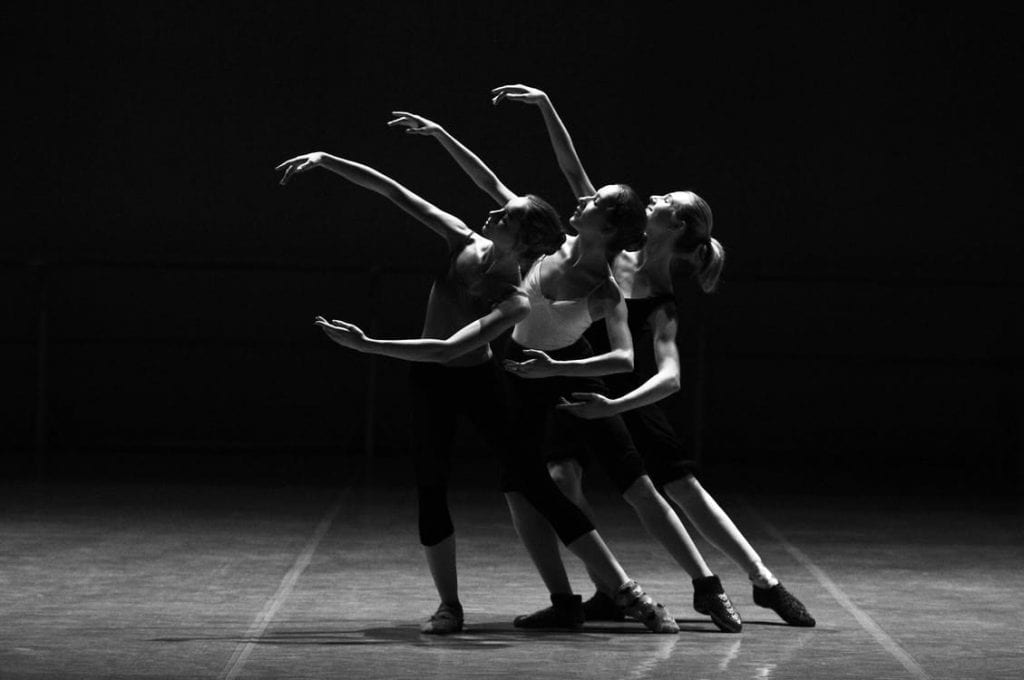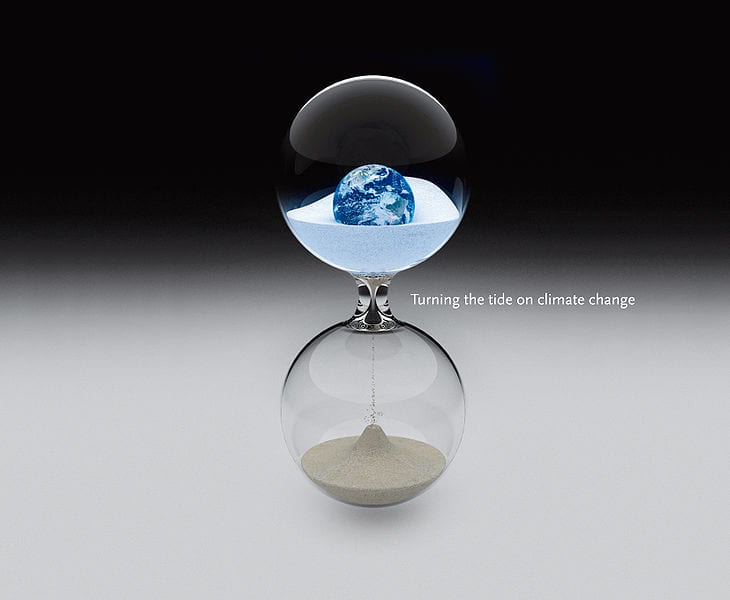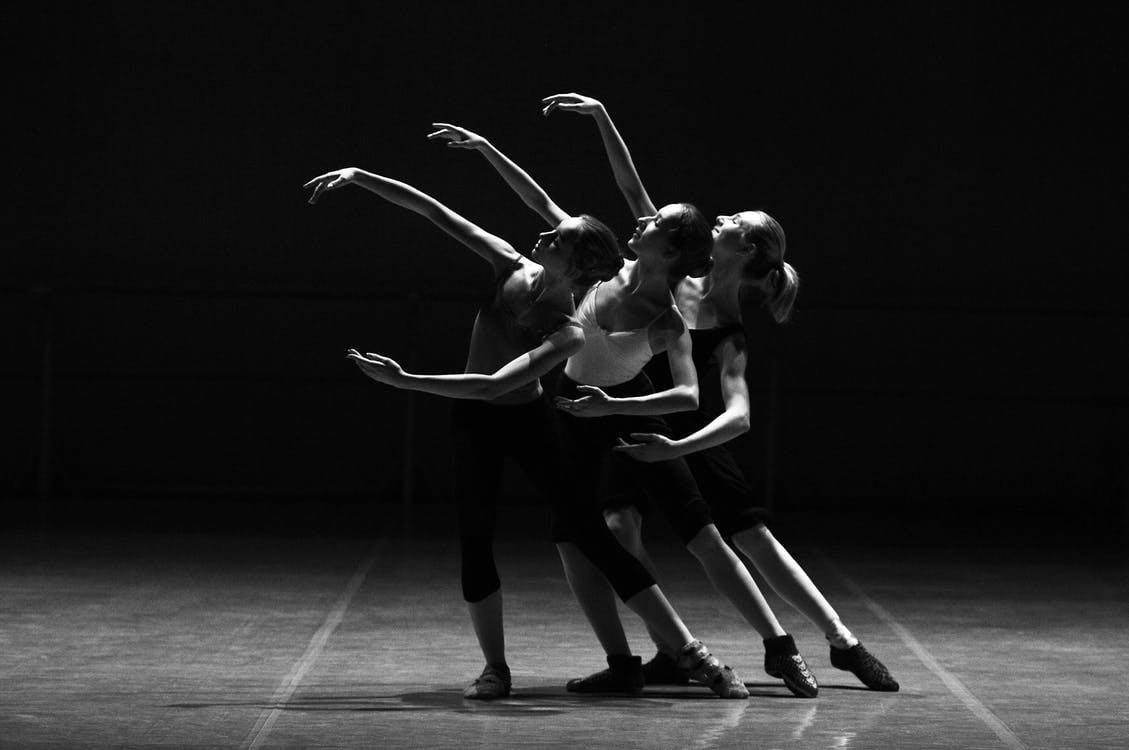Two things, seemingly unrelated, have the ability to impact and reshape people’s lives.
Toni Shapiro-Phim worked at a refugee camp in Indonesia and Thailand, where a lot of people came from Vietnam and Cambodia. In Vietnam, many went through a horrific journey to arrive in Indonesia, while in Cambodia they were fleeing genocide. Something that connects these two countries is the ability to enlist in the arts as a way of survival and endurance. Many were drawing, painting, creating poetry, and dancing. You may ask yourself, what do the arts have to do with social justice? In regards to Cambodians, dance has to do with the “spirits of the land”; it is a way to connect to the “earth of Cambodia”. Dance is able to coexist during hardships and violence. They chose to find something beautiful amidst the chaos. Dance is a way to connect individuals with their community, create conversations, provide resources, and, most of all, create a sanctuary.

In Chile, there was a dictator by the name of Pinochet who managed to make people who were “enemies of the state” disappear. Women would go into the streets and dance the cueca sola, the country’s national dance as determined by Pinochet. The dance is traditionally known as a couple’s dance. However, the women altered the meaning of this dance by dancing alone. On their clothes, they had pictures of their loved ones that had disappeared. This bold statement led way to the end of the Pinochet regime. Dance has the ability to make a change and speak in a way where words are not needed.
In some countries, dancing is believed to be too influential and as a result, has been banned. Some of these countries include Japan, Sweden, and Germany. Many people are surprised to hear that Sweden has a dancing ban. You are not allowed to spontaneously dance. Bars and pubs have to get a license in order for people to dance. Japan had a similar ban which forbade dancing unless the venue had a license up until midnight. However, the ban was recently repealed. Dancing on Good Friday is forbidden in 13 of the 16 states in Germany. The dancing ban is called “Tanzverbot”. Although, in the three states where it is not illegal, there is still a ban until 9 pm on Good Friday. People found dancing will be fined. Specifically, in Baden-Württemberg, dancing is banned from Maundy Thursday to Easter Monday at 3 am. Dancing is also banned from Christmas Eve to Boxing Day at 3 am.
As Macaulay, a chief critic of the New York Times, said, “think globally, dance locally.”

FLEXN Evolution is an improvised dance performance that addresses racial equality and social justice. Their production, called “bone breaking”, focuses on being broken physically or emotionally and rebuilding yourself. Not only do these dancers use dance to express their pain, but they also use dialogue and photography. Before every performance, they have an event with a panel consisting of Common Justice (an organization that works with racial equality and crime survivors), scholars, and community leaders to hold conversations on the issue they are trying to advocate. In addition to the performance, there is a photo series of portraits of all the dancers. The purpose of these photos is to show people what it feels like to be in America – the good and the bad.
A topic that often comes up in the news is climate change. Here are three choreographers and their inspiring story on how they integrated dance with climate change.
Davalois Fearon choreographed a piece on water scarcity. Something that set her apart from other choreographers was how she used dance as a way to interact with the audience. Two dancers hand out cups randomly to some audience members, while a third dancer pours water in some of the cups. Fearon’s goal is to give the audience members an idea of what it feels like to be “denied a resource, overlooked and ignored.” The message doesn’t stop with the performance but continues on with a discussion. The discussion is meant to create a safe environment where people can talk about the issue and try to understand it.
The next artist, Jill Sigman, created a piece on disposability called the Hut Project. Her project focuses on creating hut that is made out of scavenged materials. She wants to go against societal norms of prizing things that are new and shiny and tossing out things that are old. By creating huts from materials deemed as old and useless, she shows people that there is beauty in things that we deem as disposable. She tells you to not be so quick to throw out things simply because they are old and goes on to reveal how things we discard have a story and are complex. Additionally, she hosts a conversation after the performance to talk more about the issue.
The third choreographer, Rulan Tangen, also uses dance as a platform to raise awareness about disposability. She creates discourse on how climate change is a symptom of injustice and people not respecting all forms of life. Currently, she is creating a piece on renewable energy from different perspectives such as cultural and practical. She even goes on to discuss the sustainability for the design of her dance production.

In Los Angeles, street dance activism is on the rise. In 2014, Ezell Ford, a black man with mental illness was shot by the police. Activist, Shamell Bell, camped out by the police department for days to request that the officers involved in the shooting be fired. She invited her friend Dashawn Blanks, a noted street dancer, to instruct social dances that were generated in black communities. Protestors, while there for an important cause, were also able to be cheerful while dancing because they were dancing for a cause but also for themselves. Another example is in 2012 when Trayvon Martin’s killer was found not guilty where people headed to Leimert Park to express themselves through dance. Eventually, the L.A. chapter of Black Lives Matter was produced and, in the following years, there have been numerous fatal shootings so Bell would orchestrate dance as a way to show a different way to protest. She also went on to form a group, called the Balance Collective, of both dancers and artists who fight “racism, police brutality, sexism, and homophobia”. “I teach because it’s not about me. I wish I could fade into the background,” Bell says. “This work is about us using art as a platform to save ourselves so we can save others.”
Dance is where people can use movement to portray inequities. Different social justice issues ranging from the environment to racial inequality can be addressed through dance. Never underestimate how powerful dance can be.

